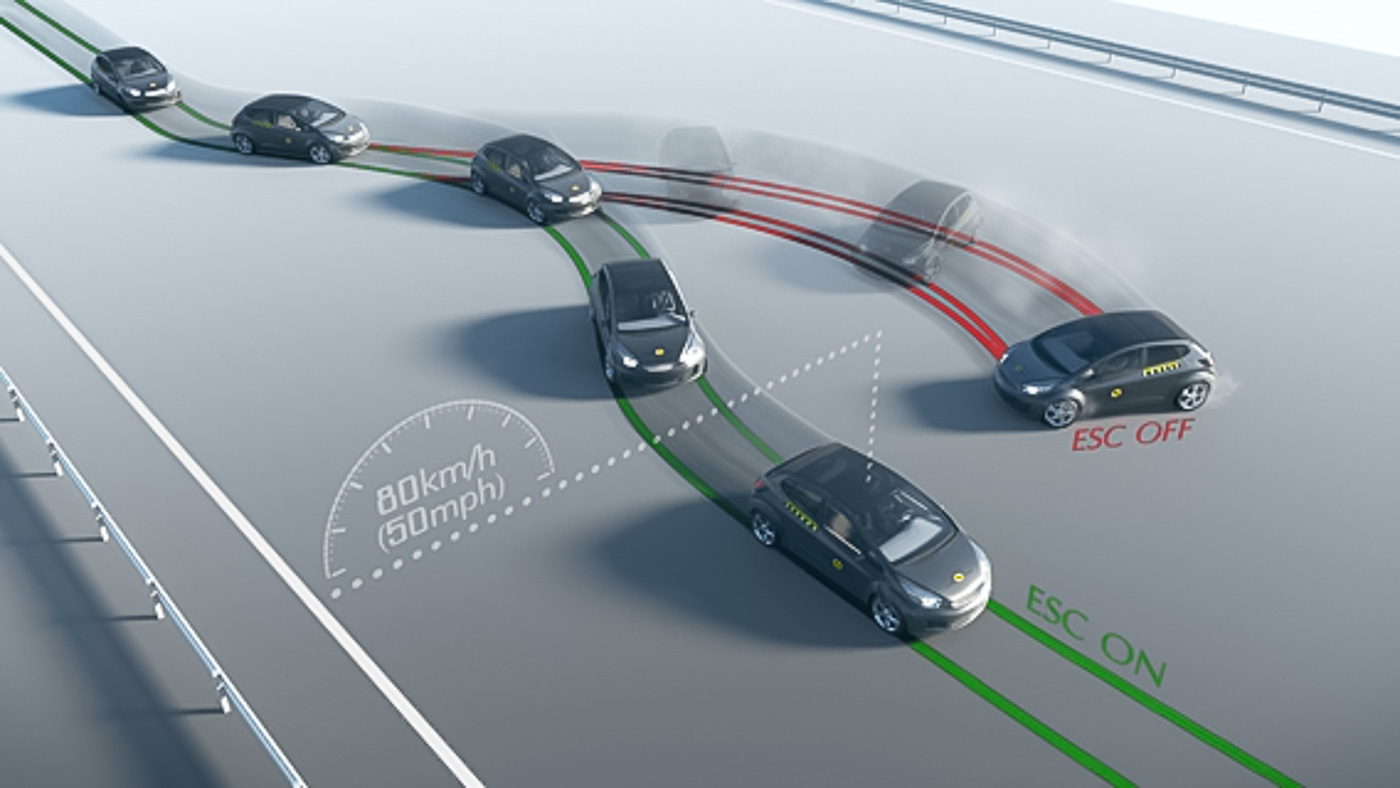Understanding the Basics of Vehicle Control Systems
Vehicle safety has evolved significantly over the past few decades, with advancements in technology providing drivers with more control and peace of mind than ever before. Among these technologies is electronic stability control, a system designed to enhance vehicle stability and prevent skidding. This system works in conjunction with other safety technologies like anti-lock braking systems (ABS) and traction control to ensure that your vehicle remains as safe as possible, even in challenging driving conditions.
How the ESC Works
Electronic stability control (ESC) helps maintain vehicle stability by detecting and reducing loss of traction. It uses sensors to monitor variables such as steering wheel position, vehicle speed, and wheel rotation. If the system detects a loss of steering control, it automatically applies brakes to individual wheels to help steer the vehicle in the direction intended by the driver. In some cases, ESC can also reduce engine power until control is regained, ensuring that the car doesn’t veer off course.
The Value of ESC in Driving Safety
The importance of ESC cannot be overstated. Statistics indicate that vehicles equipped with this technology are significantly less likely to be involved in a single-vehicle crash. Especially beneficial in adverse weather conditions like rain or ice, ESC can be the crucial factor between maintaining control and experiencing a severe accident. By preventing skids and slides, it acts as a silent guardian, operating unnoticed in the background until it’s needed most.
Limitations and Misconceptions About ESC
Despite its effectiveness, there are limitations to what ESC can achieve. It is not a substitute for safe driving practices and cannot defy the laws of physics. If a driver is going too fast for road conditions or makes an erratic maneuver, even electronic stability control may not be enough to prevent an accident. Additionally, some drivers misinterpret the capabilities of ESC, assuming it can compensate for reckless driving habits. Understanding the system’s limitations is crucial for leveraging its benefits effectively.
How to Make the Most of ESC Technology
To maximize the benefits of ESC, regular vehicle maintenance is essential. Ensuring that your tires are in good condition and properly inflated can aid in the system’s efficiency. Being conscious of driving conditions and adjusting your speed accordingly will also make ESC more effective. Finally, familiarizing yourself with your vehicle’s specific ESC features will help you understand how best to take advantage of this life-saving technology.


